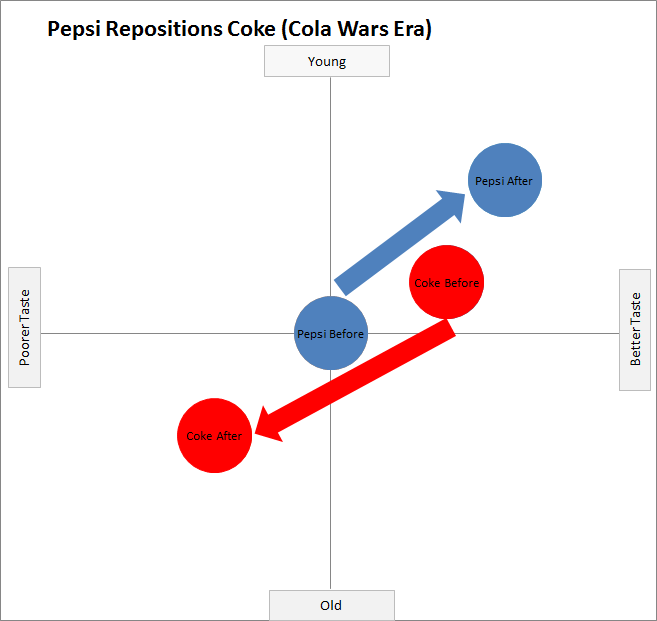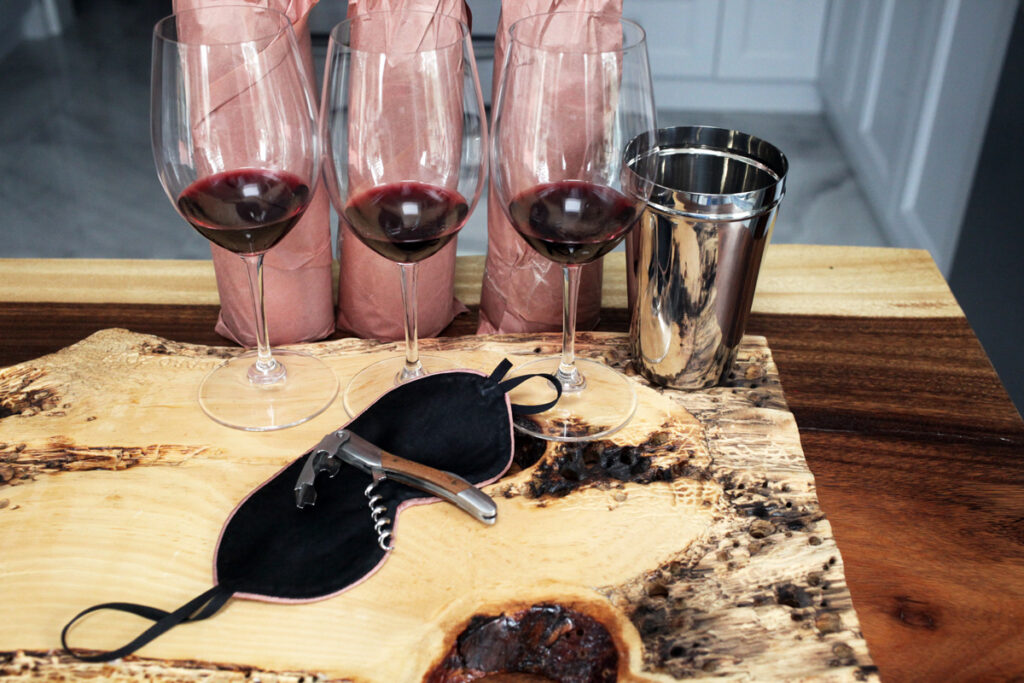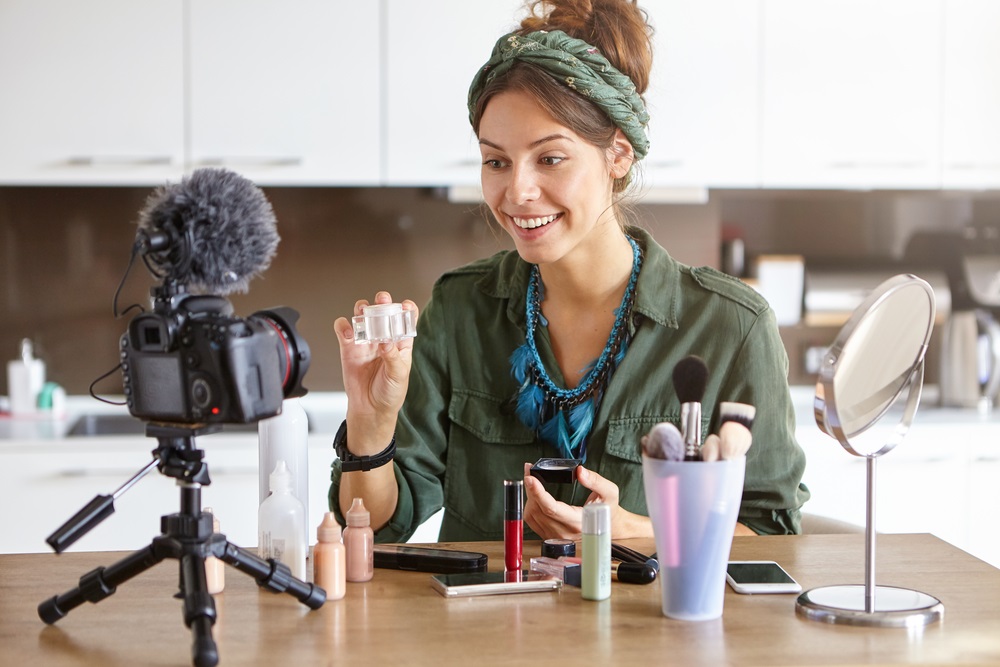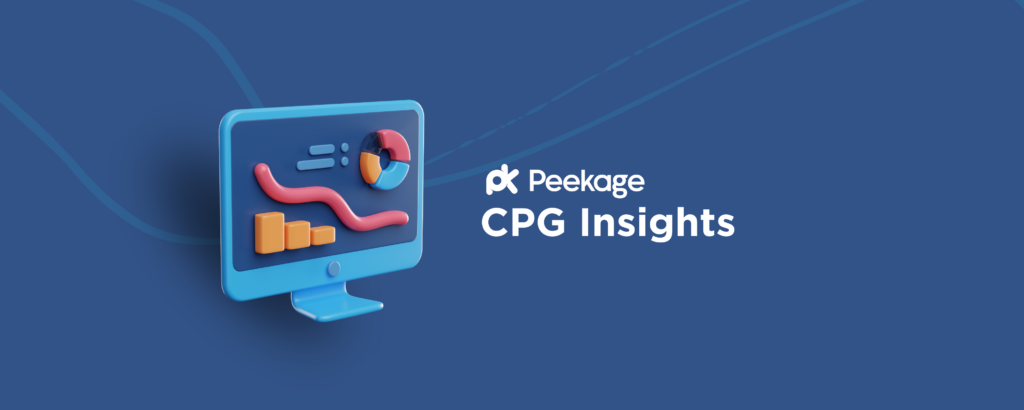What is a blind taste test? Before a product is introduced to the market or before a significant recipe or formula change, it is strongly advised to have a taste test of the product. This will give you unbiased feedback on the gustatory quality of your product and assist you in determining whether it is ready to launch or whether some tweaks need to be made first. In this article, we will cover everything you need to know about blind taste testing of your product.
What is a blind taste test?
Blind testing is a product sampling method in which people are not aware of the brand being evaluated. The objective is to concentrate on the fundamental properties of the product so that the direction for R&D product development can be clearly defined.
Branded testing would be the opposite of blind testing. When testing branded products, the outcome is influenced by both the brand image and the product qualities.
The impact of the product characteristic can only be measured during blind testing. Therefore, the optimal testing method is a blend of blind and branded testing.
Why is blind taste test important in market research?
Marketers in a variety of industries frequently conduct taste testing. These tests are important tools for
- Designing Sales
- Advertising messages that are intended to persuade potential customers that one brand is superior to another.
In other words, businesses target both existing and new audiences using the results of blind taste tests.
What are the advantages and disadvantages of blind taste tests?
When respondents are aware of the research sponsor and its brand, they are more inclined to make opinions. As a result, the created image produces biased results and can disturb data and research studies.
Also read: 9 Creative Product Sampling Ideas; 2022 Edition
In such instances, the following are the advantages and disadvantages of blind taste testing.
Advantages of Blind testing:
- It helps remove any bias from studies.
- It avoids preconceived notions that are likely to influence the answers.
Disadvantages of Blind testing:
- Excluding market research sponsors may reduce response rates.
- It is difficult to contact the target market.
- It may become unsettling for the respondents.
How to perform a blind taste test and how to analyze the results?
Conducting a blind taste test will require you to follow the steps below:
- Finding a Similar Competition Brand
In order to obtain additional knowledge and to give yourself an advantage when making suggestions, you should choose competing brands that are as close as possible. The similarity can be divided into:
- Price
- Category
- Designing a Questionnaire
The questionnaire must comprise the characteristics of the products on which you want to perform a blind taste test. The attributes must be scored on a 3 or 2-point scale. With this, you must assess whether the product performs better or worse than similar products. As an example, consider the following:
- More sugar
- Satisfactory
- Less Sugar
The importance of this survey is that you get to determine how the bulk of your customers experienced your product in the most quantifiable way possible.

- Preparing the test product
Different products can be blinded in various ways: the brand must be removed or should not be seen.
The design, size, and measurements should be such that the trademark is not easily identifiable. By replacing them in neutral containers, some goods can readily be evaluated blind.
This is true for most liquid products, as long as the product's characteristics are not modified by refilling and hygiene criteria are met.
Also read: Digital Product Sampling vs. Traditional Product Sampling
Other products, particularly solid objects, are those that have brand names imprinted on them or are easily recognizable as belonging to a single brand.
This means they can't be blinded, or the ultimate product isn't the same as what consumers can buy.
- Determine the test groups
You will need to gather a group of people as your test group, depending on your market size, your target audience, and possibly your future customers.
- Performing the blind taste test
Testers should have a system in place to ensure the test is error-free during execution. Each member of the testing team needs to have a role to play in order to accomplish this. While the others may be responsible for distributing and collecting the questionnaires, one may be in charge of serving items A or B.
Additionally, the group must be divided into two, with one receiving product A while the other received product B simultaneously, to make it impartial.
- Analyzing Data
By gathering and analyzing the data collected from the blind taste test, you can realize many important factors about your product. This includes:
- How well the product is perceived in the market
- How is the product doing in comparison to the competition
- How well is the product performing on its own?
Research Methods
The 3 most common testing methods that can be used for blind taste tests are:
- Monadic Testing
Monadic testing includes presenting one product to participants alone and getting their feedback. It is often regarded as the best technique for determining whether a new product or recipe is prepared for the market.
- No bias or outside influence
- Products that have been separately assessed and real-world experience
- Clearly stating whether or not the product is liked (no dimension of preference)
- Results can be compared to those of prior monadic test runs
- The alternative that is tested one product at a time is frequently the most expensive.
Validation of new product launches and product optimization are the main uses of this method.
Also read: Seven Consumer Research Methods; 2022 Version
- Comparative Testing
Participants in comparative testing are simultaneously shown two or more products. They test them all out first and then express their preference. Comparative testing is very helpful for putting your product against major rivals or choosing the best prototype from two or three different recipes.
- Beneficial for competitive benchmarking
- Cost-efficient
Competitive benchmarking and recipe selection are the two main uses.
- Triangle Testing
Difference testing is the main use of triangle testing. Three products—two of which are the same and one of which is different—are offered for participants to sample.
They are asked which of the three products stands out after trying them all. Triangle testing is a fantastic method for determining how modest recipe changes may affect an established product.
- Ideal for assessing the impact of small recipe changes
Cost-saving and reformulated products are the main uses
Final Words
Blind taste testing is one of the most crucial steps in product development and market research. Through this test, you can have your product blindly tasted by normal people to gather consumer insight into how well the product would perform in the market.
This method generates unbiased opinions and data about your products that will help your decisions be on point and data-driven. You need to test out your product or your prototypes with real people and potential buyers to ensure that you are delivering top-notch products that will compete and actually win in the market.
FAQs
How many volunteers should do the test?
The number of participants in a blind taste test experiment will highly depend on your product, your market size, and your resources.
Is a blind taste test completely unbiased?
In order to obtain an accurate, honest, and unbiased appeal rating, the product must be blinded during market research. Therefore, a blind taste test ensures that any bias in quantitative or qualitative studies is eliminated.




